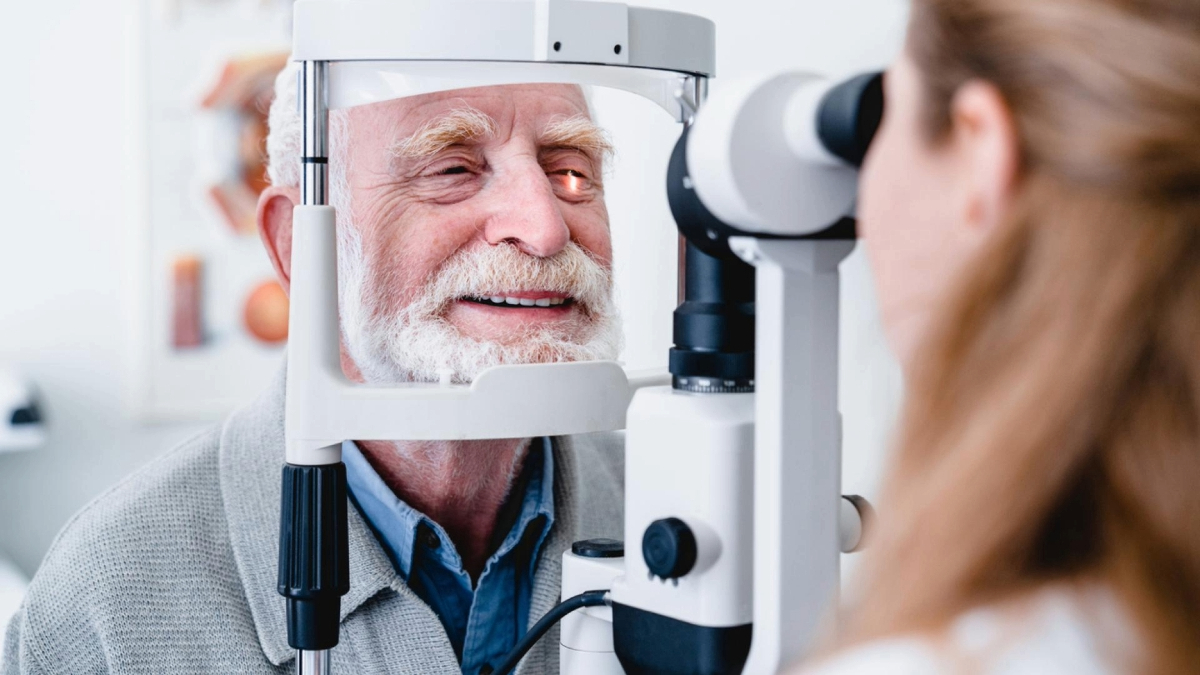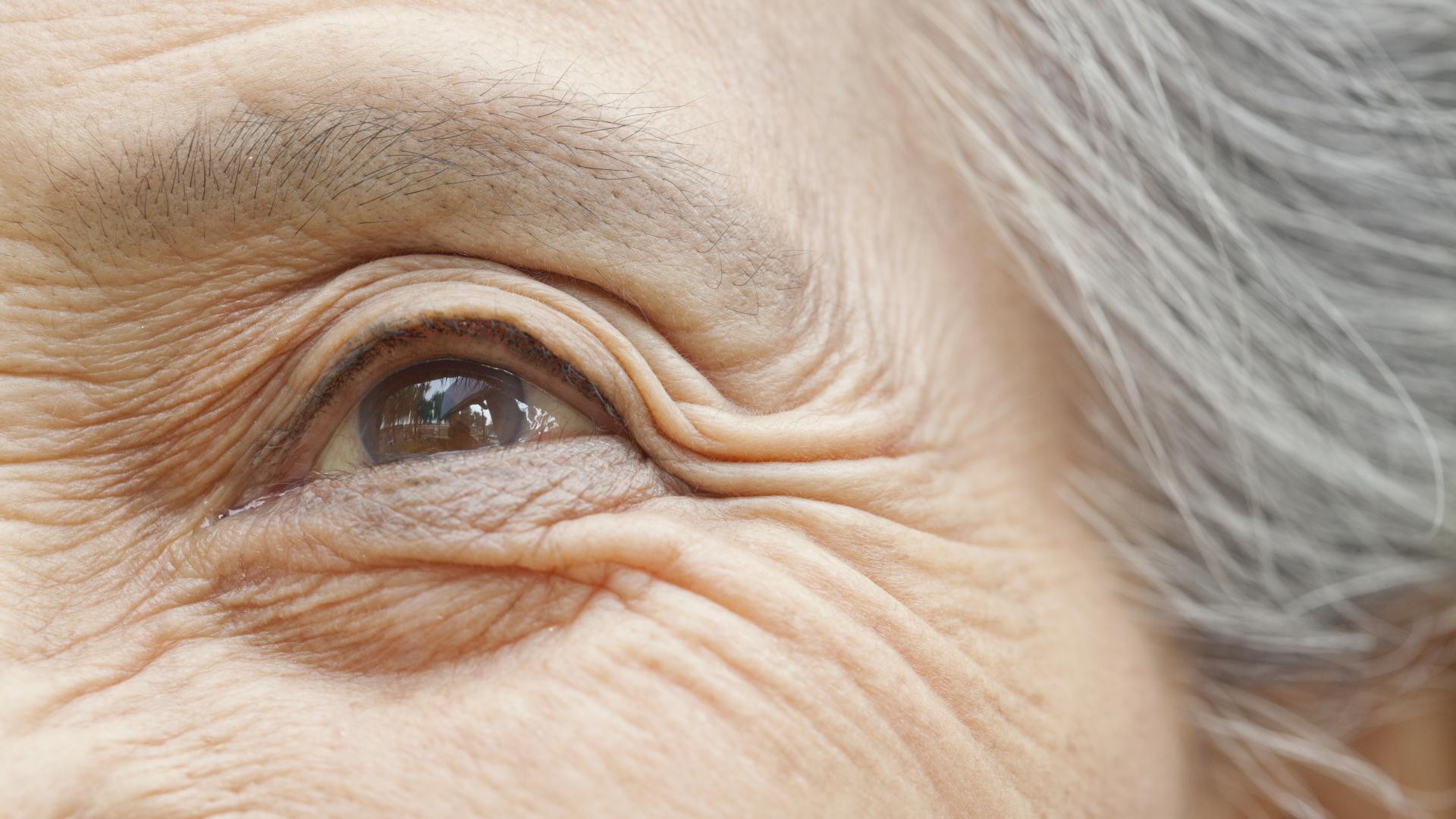Macular Chats
Macular Chats are a series of free, informative audio conversations hosted by Macular Degeneration Research, a BrightFocus Foundation program, dedicated to providing valuable insights and support for those affected by macular degeneration.

Register
Upcoming Macular Chats

Coming Soon!
Wednesday, January 28, 2026
1:00 pm EST (please adjust for your time zone)
Featuring: TBD
Free, Accessible & Interactive
Listen in as vision doctors, retina specialists, and other eye care professionals share the latest research, treatment options, and practical tips for managing the condition. Stay informed and empowered in the fight against macular degeneration.
Two ways to participate:

Receive a Call
Receive an automated phone call at the time of the Chat.

Stream
Stream the audio live on your computer, tablet, or other device.
Catch Up
Missed a Macular Chat Episode?
Macular Chat Partners
The Macular Chats program is supported in part by:















